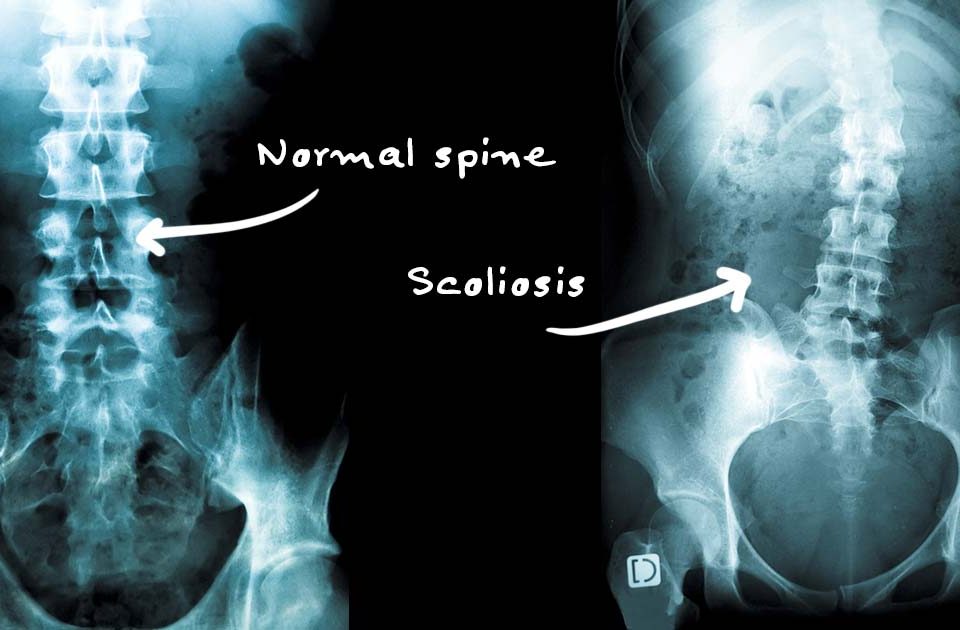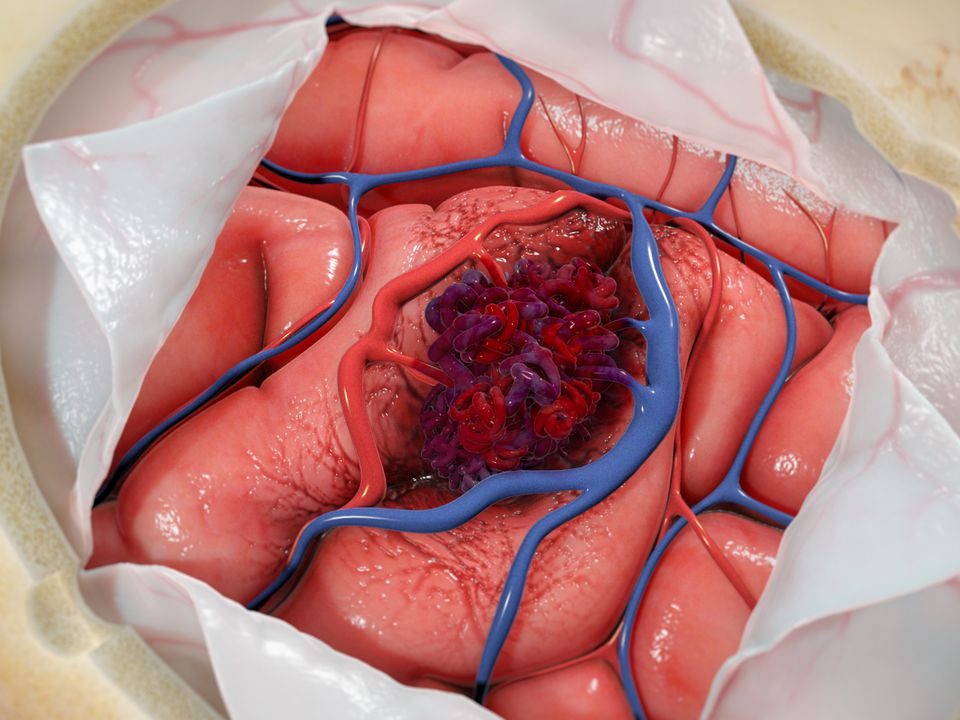A meningioma is a tumor that forms on membranes that cover the brain and spinal cord just inside the skull. Specifically, the tumor forms on the three layers of membranes that are called meninges. These tumors are often slow-growing. As many as 90% are benign (not cancerous). Most meningiomas occur in the brain. But they can also grow on parts of the spinal cord. Often, meningiomas cause no symptoms and require no immediate treatment. But the growth of benign meningiomas can cause serious problems. In some cases, such growth can be fatal.
Meningiomas are the most common type of tumor that originates in the central nervous system. They occur more often in women than in men. Some meningiomas are classified as atypical. These are not considered either benign or malignant (cancerous). But they may become malignant. A small number of meningiomas are cancerous. They tend to grow quickly. They also can spread to other parts of the brain and beyond, often to the lungs.
Causes and Risk Factors of Meningioma
The causes of meningioma are not well understood. However, there are two known risk factors.
•Exposure to radiation
•Neurofibromatosis type 2, a genetic disorder
Previous injury may also be a risk factor, but a recent study failed to confirm this. Meningiomas have been found in places where skull fractures have occurred. They’ve also been found in places where the surrounding membrane has been scarred. Some research suggests a link between meningiomas and the hormone progesterone. Middle-aged women are more than twice as likely as men to develop a meningioma. Most meningiomas occur between the ages of 30 and 70. They are very rare in children.
Meningioma Symptoms
Because most meningiomas grow very slowly, symptoms often develop gradually, if they develop at all. The most common symptoms include:
•Headaches
•Seizures
•Blurred vision
•Weakness in arms or legs
•Numbness
•Speech problems
Diagnosis of Meningiomas
Meningiomas are rarely diagnosed before they begin to cause symptoms. If symptoms indicate the possibility of a tumor, a doctor may order a brain scan: an MRI and/or a CT scan. These will allow the doctor to locate the meningioma and determine its size. A biopsy may sometimes be performed. A surgeon removes part or all of the tumor to determine whether it is benign or malignant.
Reference
http://www.webmd.com/cancer/brain-cancer/meningioma-causes-symptoms-treatment#1



